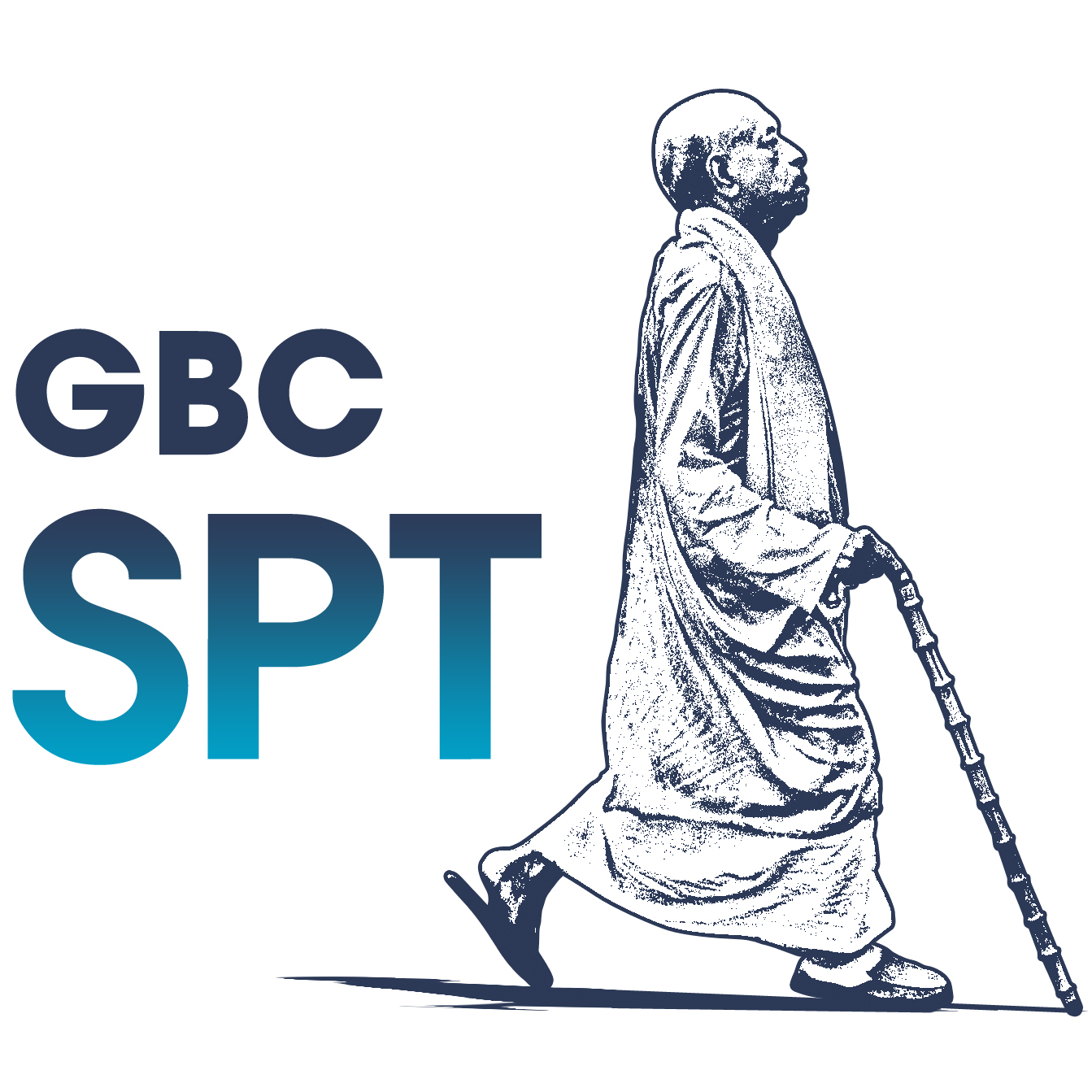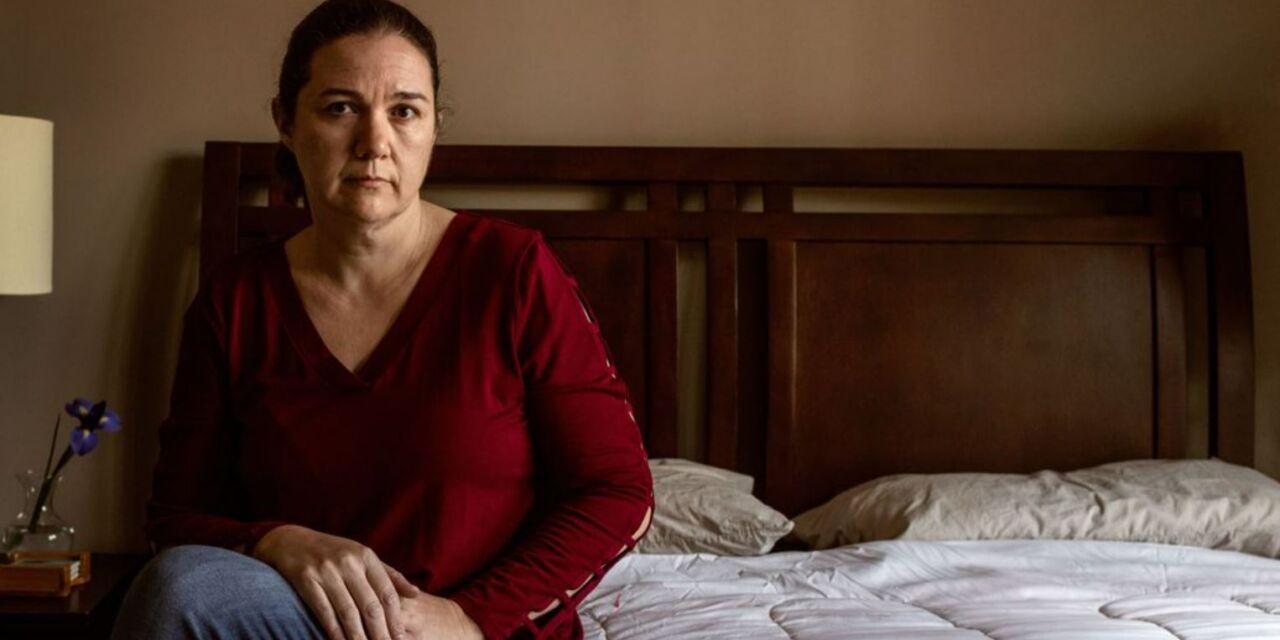Since the start of the pandemic, about 6.8 million Americans have died. That’s roughly a million more deaths than would have been expected in that time. These so-called excess deaths were overwhelmingly attributed directly to Covid-19. The remainder likely include Covid-19 deaths improperly recorded and deaths from other causes amplified by the pandemic.
Covid-19 has been directly responsible for most of the fatalities, but the disease is also unraveling families and communities in subtler ways
Two years into the Covid-19 pandemic, America’s death toll is closing in on one million.
Federal authorities estimate that 987,456 more people have died since early 2020 than would have otherwise been expected, based on long-term trends. People killed by coronavirus infections account for the overwhelming majority of cases. Thousands more died from derivative causes, like disruptions in their healthcare and a spike in overdoses.
Covid-19 has left the same proportion of the population dead—about 0.3%—as did World War II, and in less time.
Unlike the 1918 flu pandemic or major wars, which hit younger people, Covid-19 has been particularly hard on vulnerable seniors. It has also killed thousands of front-line workers and disproportionately affected minority populations.
It robbed society of grandparents, parents, spouses, sons and daughters, best friends, mentors, loyal employees and bosses. Those lost include a 55-year-old Rhode Island correctional officer; a 46-year-old Texas dental-office receptionist who helped care for her granddaughter; a 30-year-old Iowan who fatally overdosed; and an active 72-year-old and grandmother of 15 who was Nashville’s first female city bus driver.
“It’s catastrophic,” said Steven Woolf, director emeritus at the Center on Society and Health at Virginia Commonwealth University. “This is an enormous loss of life.”
It could take years to fully realize the lasting social changes the pandemic and its human toll will yield. Major wars can redraw maps, shift the balance of global power and leave memorials in the nation’s capital. The pandemic is a reminder our biggest enemies are often too small to see.
Epidemiologists commonly measure excess deaths to gauge the full impact of major events, from heat waves to hurricanes. For the pandemic, the Centers for Disease Control and Prevention calculated the excess by comparing deaths from each week of the pandemic to averages from the prior six years. The agency makes some adjustments to account for factors such as the time it takes to collect death certificates; declines in other causes of death such as influenza that offset some Covid-19 deaths; and the possibility some people who died of Covid-19 might have died from something else by now.
In 2019, the U.S. recorded 2.85 million deaths, following a climb of about 1.6% a year over the decade as the population grew and aged. In 2020, the number ballooned by 18.5% to 3.38 million deaths. Last year, provisional data show 3.42 million deaths.
The CDC has registered roughly 875,000 Covid-19 fatalities on death certificates. In at least 90% of those cases, the disease is listed as the underlying cause, the agency said. For the remainder, it was listed as a contributing cause.
The ‘anchor’
A Wall Street Journal analysis of CDC data shows the pandemic has weighed especially heavily on the elderly, fueled by the risk older people face from serious Covid-19 cases. There are roughly 700,000 excess deaths among people 65 and up, about 1.5% of that population, the Journal’s analysis shows.
One of those lost, Edwin Norse, a 75-year-old Army veteran and retired chief financial officer in Raleigh, N.C., was the adhesive that bonded his large family together.
He kept constant tabs on his six grown children, making sure they called each other, including the youngest brother, who is deaf. An amateur poet, Mr. Norse distributed thousands of sonnets to friends and family, who also risked getting “Norsed” by his many pranks.
“He was kind of this anchor for all of us, trying to keep us all together,” said his daughter Kristin Norse, who is 53.
The pandemic gave him a chance to watch via Zoom all of her oral arguments in Florida, where she works as an appellate lawyer. He read all her legal briefs and checked in whenever the urge struck, including during her busy work hours.
“Oh my gosh,” she said, laughing. “The calls in the middle of the day.”
He died from Covid-19 complications in January 2021, after falling ill just before he could get vaccinated. Before then he lived independently in a senior apartment complex. The family is still reeling.
“There is this kind of space that our soul or spirit takes up,” said Angela Randall, 43, another daughter. “And to have that disappear for so many people so quickly can only leave this great absence. How do we fill that void?”
Source – https://emailshare.cmail19.com/t/n/d-e-b1d83f22836411ec918bce220fcfa2c6-l-n-l-l/



